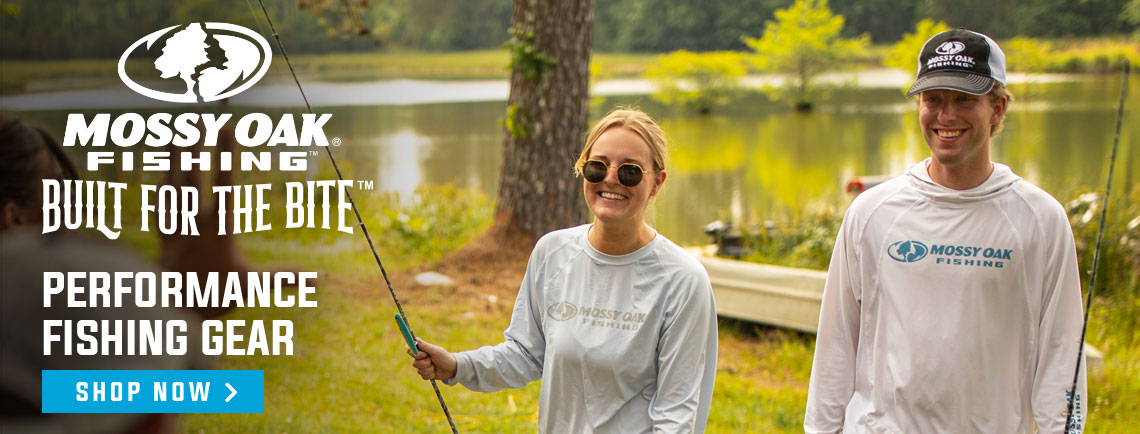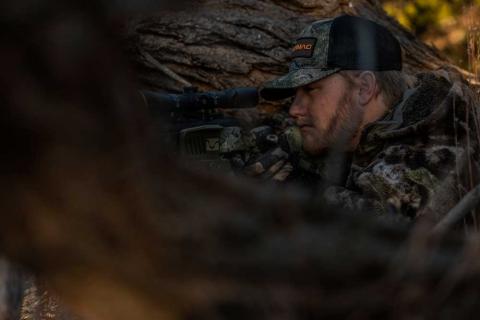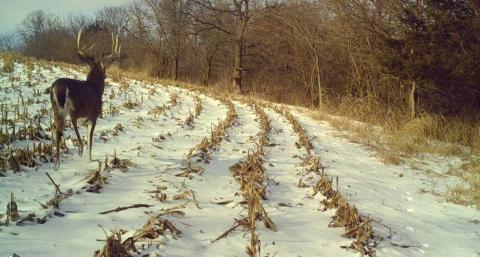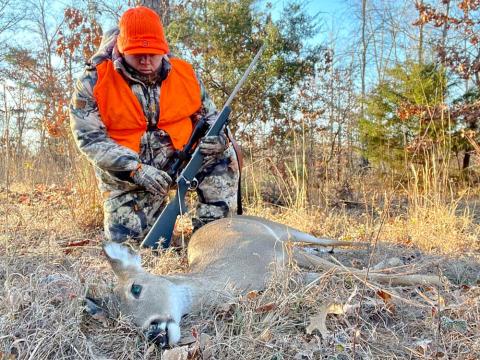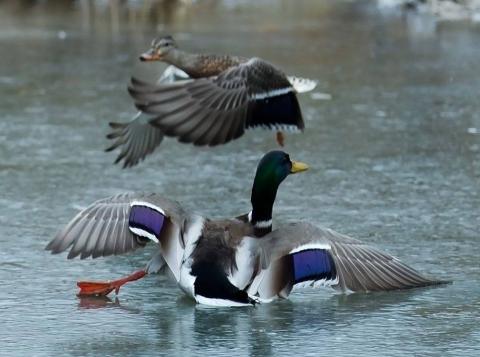Ace, Closer, or Dead Arm: What Type of Pitcher are You?
Tommy Skarlis

Walleye Fishing in the Winter
It might feel warm on land, but the water still may be only 33 degrees. The air around it will be cold and breathing produces clouds of vapor. Layers of clothes and heavy coats are mandatory for racing around on big rivers in a boat when hunting spring walleyes and saugers. This is the weather many of us think of when we think about walleye fishing.
On the other hand, the water could be 60 degrees, too — “shirtsleeve weather.” That’s when you see hordes of boats on the water in walleye country. Most of them, if not all, will head for one spot. The majority of walleye anglers are going to focus on areas below dams on most rivers during spring. Dams are, in fact, “migration barriers” and fish stack up there until they can find a lock or ladder to ascend, so it’s a logical place to begin the search. Moreover, the plunge pool below a dam is almost always one of the major wintering holes for walleyes.
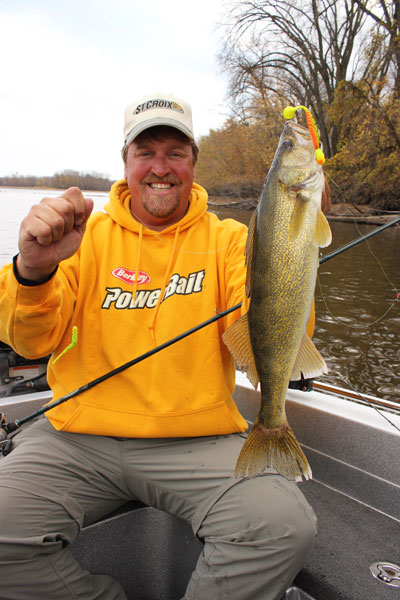
If you like seeing action (other people fighting and netting fish) or like fighting boat traffic and being in crowds, then dams are alright, but I like to get away from the swarm. The action is often better somewhere downstream, where you might have unpressured walleyes all to yourself. There is nothing better than having the water all to yourself.
Walleye Fishing and the Spawn
Walleyes and saugers tend to stay in wintering pools in depths of 15 to 40 feet until the spring spawn begins. Typically, river walleyes won’t begin spawning until water temperatures climb above 40 degrees, but some spawn later. “Spawning peaks” tend to occur during the full moons of March or April and as late as May way up north or after an extended winter. Before and after spawning, walleyes will be staging somewhere near spawning their habitat.
I hunt for deep wintering holes and spawning areas downstream and away from the dam. Most Game and Fish biologists are aware of these areas and will actually show them to you on a map. Or just run the river and look for rocks along the shore. Walleyes spawn on rocky shorelines. If these rocky areas have a steep bank, it indicates a steep drop into what could be a wintering area. If you can find a wintering hole near spawning habitat, you’re in the right spot.
Fishing Different Depths
Wintering holes are deep in large rivers — over 15 feet in most cases. When walleyes are holed up, look for current seams where areas with little or no current border faster currents. The heads and edges of big eddies, where water circles back upstream behind a wing dam or sand bar, can be a good area to search — anywhere slack water or moderate current comes close to faster water. That’s where walleyes can sit and rest, right next to faster currents where they wait for meals to pass by. Channelized areas on the Illinois, Mississippi and Ohio where they load and unload barges are good areas to explore, too — especially for saugers.
Fish the deep water, but during high water, which typically occurs in the spring, fish will often go to the banks because the high water means access to new food sources. Spawners might head for the banks, too. As the water temperature or the water rises, more fish will move shallow.
Pitching and Vertical Jigging
Walleyes, especially, can move into depths of two to five feet. To reach them, you can combine vertical jigging and pitching. One angler can pitch toward shore while the man in the bow jigs vertically and fights the current with the trolling motor to “slip” the boat downstream.
The boat can be anchored or held with a power pole, too. Both anglers can fan cast the bank, lift the power pole, drift a little farther, peg the boat again and repeat the process until the entire length of a rocky shoreline has been covered.
In slack water, I try to focus on slipping or drifting while basically following my jig. I drop the jig and try to keep the line vertical. The current is washing the jig downstream so I’m just following it. Often, the surface currents are faster than currents near bottom, so the boat has to “slip.”
Let the jig’s speed determine how fast you drift. If you can go a little slower than the current, it gives the fish a little longer to look it over. Ultra-thin diameter super lines have less resistance to the current when fishing over 15 feet deep water, so I use a 10-pound braid, which has a 2-pound diameter and I tie directly to the jig.
The Right Lures at the Right Time
For pitching or fishing with a vertical jig, I want a jig that cuts current better than a common ball head, so I mold teardrop jigs with Do-it molds. The weight-forward shape is a little more “aqua dynamic,” dropping straighter and quicker. In spring, the right weights tend to range between 3/8-ounce and 1-ounce. I like to err on the heavy side. If the jig’s “fall speed” isn’t an issue in triggering strikes, expert fishermen tend to use a bit heavier jig because it creates more resistance, makes more noise to attract fish and your bait stays in the strike zone longer and returns faster after each cast.
My favorite colors are fluorescent pink, white, orange or chartreuse. But somebody on board should be fishing a black, purple or brown jig. Natural colors can be more successful in spring because fish aren’t seeing them from other anglers. Most colors turn black or brown at deeper depths anyway. Glow colors are under-fished. Phosphorescent paint retains its color deep and should probably be fished more often when walleyes are in deeper water.
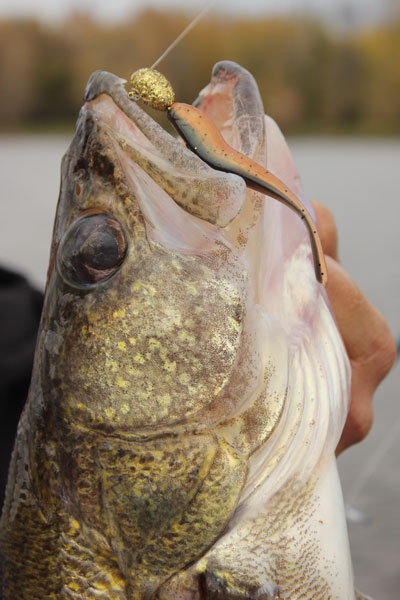
Dressing Your Lures
Walleyes and saugers tend to see larger forage during the spring that survived ever since minnows spawned eight months or more prior. So a lot of my jigs have buck-tail or synthetic hair to make the bait look larger and I often dress it with live bait or plastic to give it extra bulk. If you tie buck-tail or synthetic hair to the jig’s collar to bulk it up to imitate larger minnows, then tip it with a small minnow. With hair jigs, all you need is a little scent, flash and flavor, so even crappie minnows often work. Make sure to bring an assortment of minnows because sometimes they want big shiners. Anglers should always have various species and sizes of minnows on board during the spring, and each person should be trying different sizes, styles and colors until you can identify which combinations are working best.
Tip your jigs with a variety of plastics, too. A lot of minnows that walleyes find this time of year are big, so I tend to start with shad- and minnow-shaped baits. The Ripper is a big, fat, shad-style bait I turn to a lot. It’s not as tall (belly to dorsal) as a shad, but not as skinny as a shiner, either, so it imitates both. It has ribs that throw off a lot of sound. A ribbed bait creates more of a disturbance so it attracts predators from farther away. A Hutch’s Tackle Walleye Whacker is another prime example. Hutch’s Tackle makes teardrop-shaped Hogg Hunter Jigs, too, and those are the best examples commercially available.
Many states allow for two rods to be fished at once, and I’ll say, “It’s better to fish one rod right than two rods wrong.” However, with two rods, one angler can give them two different combinations to look at. As an example, one can have plastic on one rig and a minnow on the other. It’s a great way to catch walleye where it’s legal.
The Right Lure and the Right Presentation
Varying the presentation of the jig is the difference between catching a few and catching a bunch. Think about what you can change up that might trigger fish to strike. To know where the jig is in relation to the bottom, watch the rod tip. You’re trying to stay within a foot, maximum. Most of the time, I want to be within six inches of bottom. When the jig hits bottom, reel the rod tip down to the surface and lift the jig six inches off bottom. Work on determining that distance and maintaining it. You can also bounce it off the bottom. Figure out the pattern that triggers the bite. Knowing the pattern will help you catch walleye in any condition.
The Starting Pitcher
For the most part, the slower you can go, the more successful you are because most of what they’re feeding on are baitfish that are wounded, dead or swimming very slowly. Walleyes don’t want to chase something moving fast in cold water. Even so, jigging is like being a starting pitcher — both require several “pitches” in their repertoire.
Much of the time, success follows a tap on bottom followed by a lift, and a painfully protracted pause. Don’t move it at all. Just hold it there. Hold it there until you tap bottom again or you get a strike. It’s painful. We grew up thinking we had to jig and pump or pop the rod tip, but hold it until you’re tempted to jig — and then hold it some more.
Then try the pop-and-drop. Pop it a foot off bottom and slowly drop it back down there. Soon as the line goes slack, pop it back up again. That pop often acts as a hook-set because slack line can also indicate a bite, not bottom. Fish often hit it near the bottom and you may think it’s on bottom, but the pop sets the hook. Hook-sets are free. If you think you’ve got a bite, set the hook and sometimes that triggers a bite. You would be surprised how often this will catch walleye.
The Right Pitch
My third favorite “pitch” is the “swim and tap.” Keep the jig an inch or so off the bottom, wiggling, jiggling and tapping bottom as it drifts downstream, imitating a frightened minnow trying to find cover. And the alter ego to that pitch is “banging bottom.” Keep dropping the jig down heavily on a slack line and letting it pound bottom. The noise will attract the most active fish.
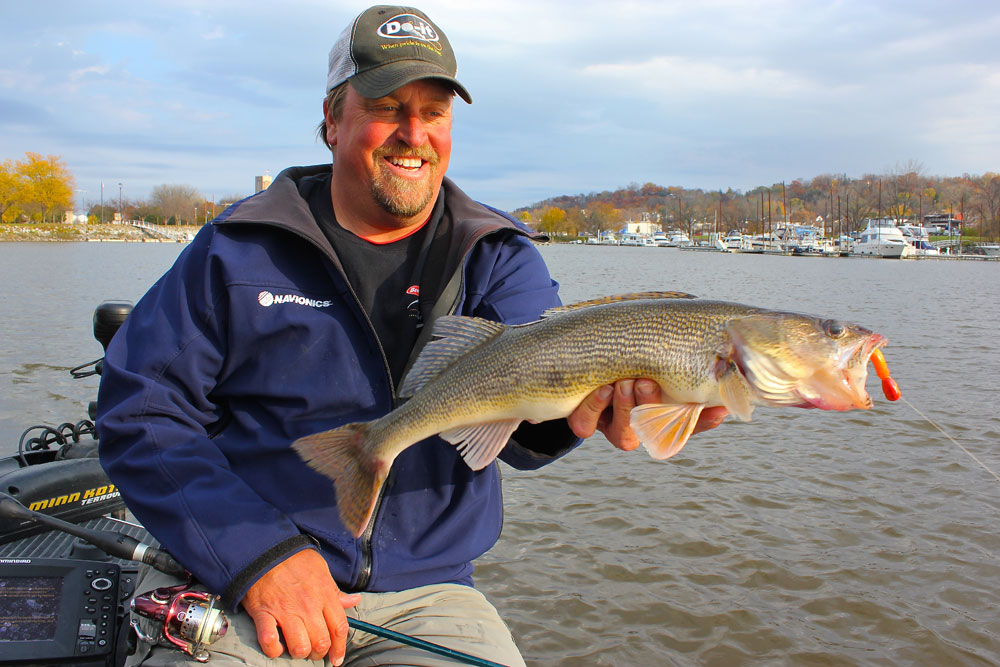
The Change-Up
No pitcher sticks with one pitch for too long and neither should you. The key is to keep going from one cadence to the other until one works. What’s your favorite cadence? Start that way, but there are hundreds of jig movements that are variations of these strokes to be tried. A range of motion going from a static-motion to an erratic-motion will eventually identify the trigger that’s working best that day. Sometimes, one action works all day, but when not getting bit for a while, go to the “change-up.”
Keep an eye on the depth finder to know when to adjust the amount of line out. That way, you can anticipate snags a little better, and keep the jig near bottom a higher percentage of the time. Keep moving and grooving from one presentation to the next. “Get your jig on.” And fish deep and then shallow if that fails. Fish areas other anglers ignore. The more water you cover that other people have overlooked, the more successful you will be.
Knowing All the Pitches
Much like major league pitchers, walleye anglers like to throw their favorite pitches as much as they can. The more pitches a major league pitcher has mastered, the better the pitcher. Much like the pitcher, a good walleye fisher should be able to make all the pitches. When you are throwing the lure with the right pitch in the right conditions, you will catch more fish. For pitchers and anglers alike, it’s all in the presentation.

